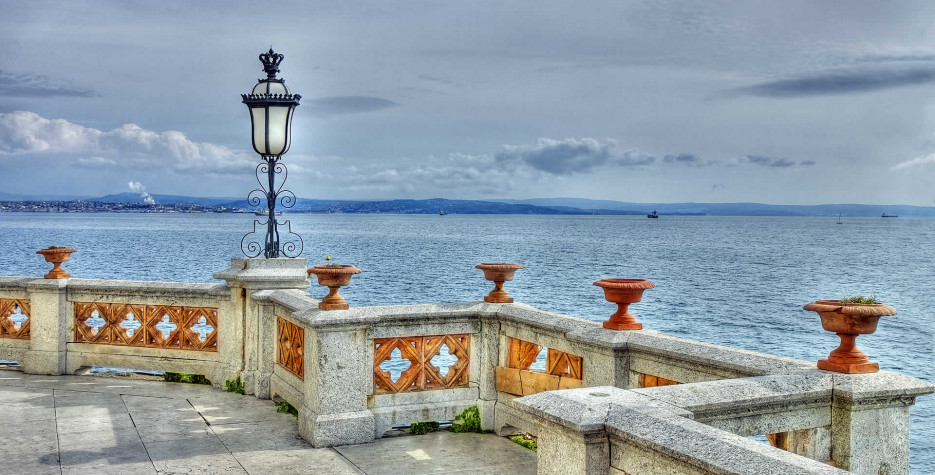When is San Giusto?
The Feast of San Giusto is a regional public holiday in the Italian city of Trieste on November 3rd each year.
San Giusto (Saint Justus of Trieste ) is the patron saint of this north-eastern Italian city.
History of San Giusto
The Romans have a lot to answer for when it comes to our calendars. Apart from rulers such as Julius Caesar and Augustus bickering and tinkering with the length of months, other Emperors were also inadvertently creating many future public holidays.
At the end of the 3rd century, The Roman Emperors started taking a hard line against Christians. Previously viewed as a harmless sect, they began persecuting and executing those who wouldn't renounce their faith.
Many of these early Christian martyrs would be made saints, with towns and villages across Europe commemorating their favourite or patron saints with festivals on the feast days.
The Feast of St. Justus is one example of this. During the reign of Emperor Diocletian (284 - 305 AD), Justus was living close to Trieste and had converted to Christianity. He was noted for his penance and charity and most citizens knew and didn't care about Justus' strange faith. Despite his good-standing, or maybe because some were jealous of it, he was reported to the Roman authorities and accused of sacrilegium (wickedness).
The Emperor had ordered that all Christians should make sacrifices to the gods, and anyone who didn't obey would be put to death.
The local Governor Mannacio summoned Justus and asked him to make sacrifices to the pagan Roman gods, which he refused to do so. Mannacio had Justus whipped and sent to prison to think over his choice.
When asked again to submit to the Roman gods, Justus said he was happy to be a loyal subject of the Emperor but that his religion would not allow him to change his mind and honour the non-Christian gods.
This refusal to obey resulted in Justus being sentenced to death by drowning. On Mannacio's order, on November 2nd 293 AD, he was taken and cast into the Gulf of Trieste, with weights tied to his arms and legs, that would drag him down to the bottom of the sea.
We don't know what age Justus was when he died. He is always depicted as a young man, but when his bones were examined in 1985, they indicated he was probably more middle-aged.
The night after Justus' death, a fellow Christian had a dream that the Justus' body had been washed ashore despite the weights around his hands and feet. When a group of Christians went to look for his body, they found the body which had washed ashore and the ropes that bound him had miraculously come undone.
He was buried near the shore. A few hundred years later, in the 5th century, his body was transferred to a hill, where a Christian Basilica was later built in his honour.
His feast day is November 2nd, the traditional date of his martyrdom, but that is also All Soul's Day, so the Catholic Church often marks his feast day on November 3rd.


